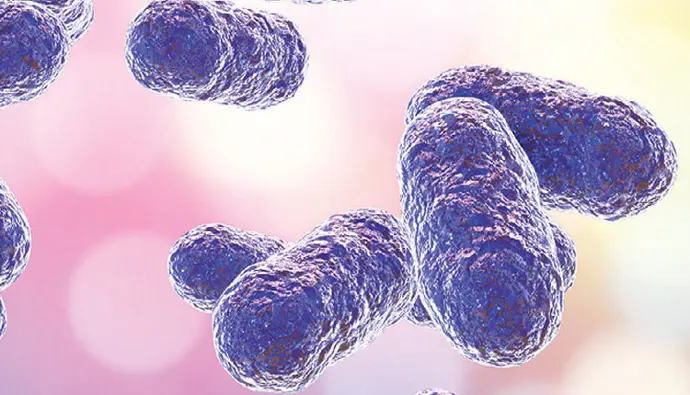Rabbit anti Porphyromonas gingivalis kgp 100 ug
Protocols for using a rabbit anti-Porphyromonas gingivalis (P. gingivalis) antibody
- Handling the antibody, blocking, incubating, and detecting the antibody
- Western blotting, immunohistochemistry (IHC), or ELISA.
Reagent Preparation
- **Primary Antibody**: Rabbit anti-Porphyromonas gingivalis antibody.
- **Secondary Antibody**: HRP-conjugated goat anti-rabbit IgG (or appropriate secondary antibody depending on your assay).
- **Blocking Buffer**: 5% Bovine Serum Albumin (BSA) or 5% non-fat dry milk in Tris-buffered saline (TBS) or Phosphate-buffered saline (PBS) with 0.1% Tween-20 (TBS-T or PBS-T).
- **Wash Buffer**: TBS-T or PBS-T.
- **Substrate**: For Western blotting, use ECL substrate. For IHC, use DAB or other chromogenic substrates.
### 2. **Sample Preparation**
- **For Western Blot**: Run the samples on SDS-PAGE and transfer them to a PVDF or nitrocellulose membrane.
- **For IHC**: Prepare tissue sections and fix them onto slides.
- **For ELISA**: Coat the ELISA plate with the appropriate antigen (e.g., P. gingivalis lysate).
### 3. **Blocking**
- Incubate the membrane or tissue sections in blocking buffer for 1 hour at room temperature to prevent non-specific binding.
### 4. **Primary Antibody Incubation**
- **Dilution**: Dilute the rabbit anti-P. gingivalis antibody in blocking buffer. Typical dilutions range from 1:500 to 1:2000, but you should optimize this for your specific application.
- **Incubation**: Incubate the membrane or tissue sections with the diluted primary antibody overnight at 4°C or for 1-2 hours at room temperature.
### 5. **Washing**
- Wash the membrane or sections with TBS-T or PBS-T three times for 5-10 minutes each to remove unbound antibody.
### 6. **Secondary Antibody Incubation**
- **Dilution**: Dilute the HRP-conjugated secondary antibody (or other appropriate secondary antibody) in blocking buffer, usually around 1:2000 to 1:5000.
- **Incubation**: Incubate for 1 hour at room temperature.
### 7. **Washing**
- Wash again three times with TBS-T or PBS-T to remove unbound secondary antibody.
### 8. **Detection**
- **For Western Blot**: Add ECL substrate and expose the membrane to X-ray film or use a digital imaging system.
- **For IHC**: Add DAB or other chromogenic substrate and monitor under a microscope until the desired staining intensity is achieved.
- **For ELISA**: Add substrate solution and measure the absorbance at the appropriate wavelength using a microplate reader.
### 9. **Analysis**
- Analyze the results according to your experimental design.
### **Notes:**
- **Optimization**: The dilution of the primary and secondary antibodies, as well as incubation times, may need optimization depending on the antibody's sensitivity and the assay type.
- **Controls**: Always include appropriate controls, such as a secondary antibody-only control to check for non-specific binding.
Specific assay type (like ELISA, Western blotting, or IHC)
Internal Reference:
0399-CSB-PA464342LA01EXZ-100UG
Website URL:
/shop/0399-csb-pa464342la01exz-100ug-rabbit-anti-porphyromonas-gingivalis-kgp-100-ug-4539
Product Tooltip:
Consumables are physical products for which you don't manage the inventory level: they are always available.
Base Unit Name:
Units
Display Name:
[0399-CSB-PA464342LA01EXZ-100UG] Rabbit anti Porphyromonas gingivalis kgp 100 ug
